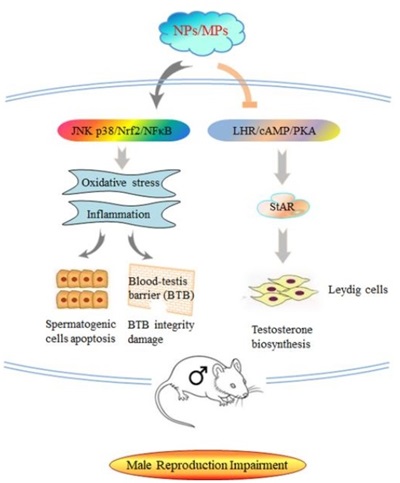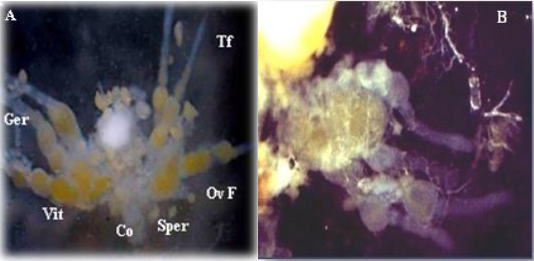Tracking heavy metal pollution and potential ecological threats in soils around Mfamosing cement plant, Nigeria
by Udiba U. Udiba, Blossom U. Ejah, Abo I. Nta, John Ama, Amah J. Etim, Ekom R. Akpan, Ekpo E. Antai
Journal of Toxicological Studies, Vol.3, No.1, 2025;
This study, conducted from June to December 2022 around the Mfamosing cement plant in Akamkpa, Nigeria, evaluated soil pollution status and potential ecological risks posed by heavy metals using an Atomic Absorption Spectrophotometer (Model AA-6800, Japan) after wet digestion. The ranges of lead, cadmium, mercury, arsenic and chromium concentrations (mg/kg) were: 9.11–84.73, 0.21–9.94, 0.64–0.78, 4.63–5.92, 8.25–37.23 respectively. The mean soil metals concentrations were below US-EPA maximum permissible limits and Dutch soil intervention values, cadmium being the only exception. The high spatial variations reflecting decreased metal levels with increasing distance from the cement plant suggest the cement plant may be responsible for the elevated soil metal concentrations. Metals contamination factors correspond to contamination status ranging from low contamination to very high contamination. Index of geo-accumulation (Igeo), revealed that Farms 1, 2, 3, and 4 ranged from unpolluted to strongly polluted. Ecological risk factor revealed that the metals pose a range of low to high potential ecological risk to other components of the environment. Given these findings, metal speciation analysis is strongly recommended to better understand the mobility, bioavailability, and toxicity of the contaminants. This would provide essential insights into potential uptake by crops, ecological transfer, and leaching risks, thereby guiding more targeted environmental management and remediation strategies.
show more





 Open Access
Open Access





